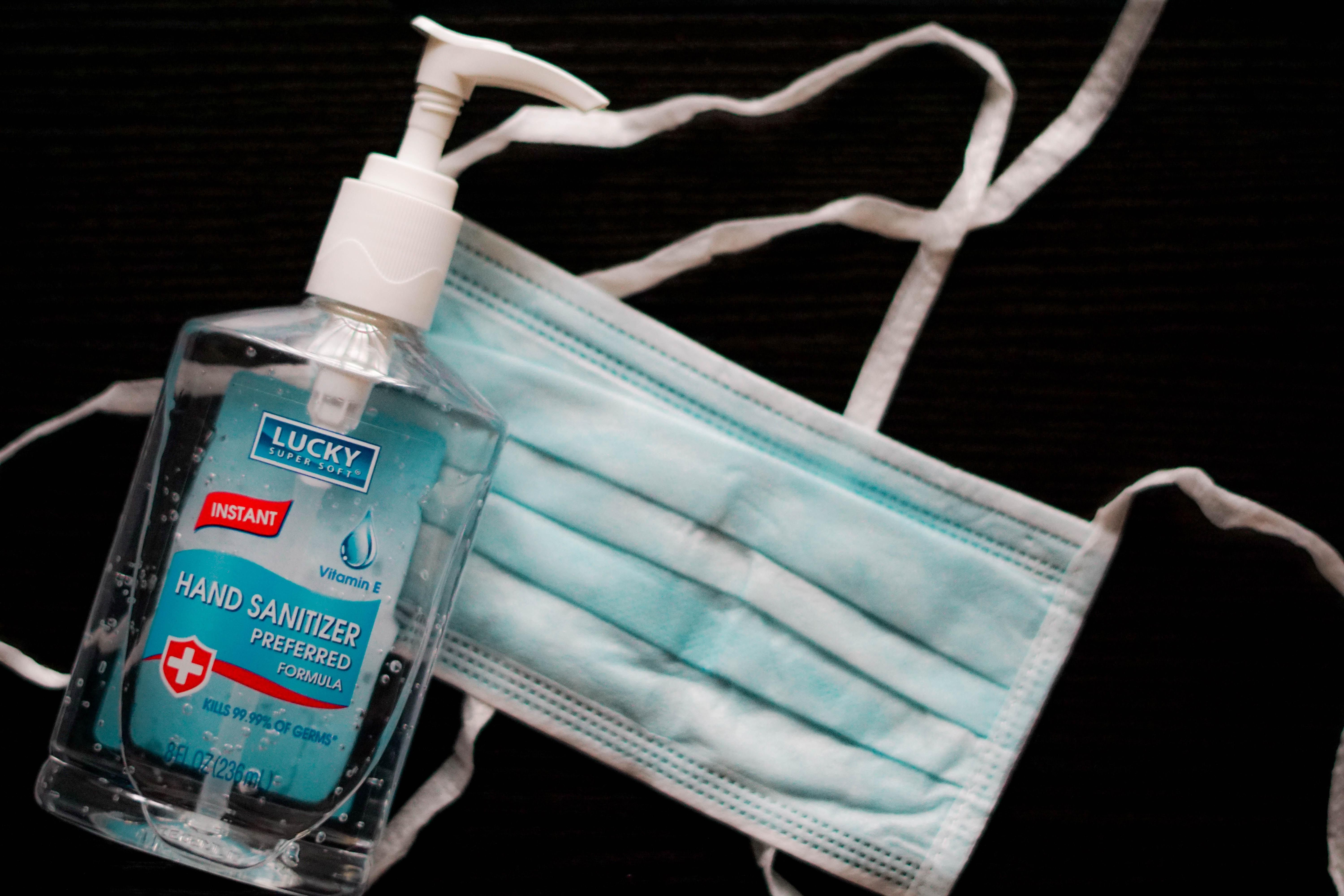As the new year ensues, we close in on the two-year anniversary of the godforsaken pandemic that has left our world in a state of hysteria, the sickness that has infiltrated humanity and left us divided and terrified. Growing up, you learn about the Black Plague, Influenza, Yellow Fever, and Cholera, but you never quite expect something like that to happen to your generation. Grocery stores running out of supplies, a worldwide quarantine, and frantic families seeking immunity are things we never expected to experience firsthand - rather things we learn about in our history textbooks that feel more like stories than reality.
As time goes on, the state of the world doesn’t get better, and we just get used to life amid a pandemic. The virus has been ingrained so deeply into our daily lives that it would be impossible to go back to the way it was before. Scrolling through my Snapchat memories, I see pictures of myself pre-pandemic in big crowds and I immediately feel disgusted at how close I am to a bunch of strangers. Concerts, parades, sports events, and parties are things we used to attend without even a second thought. Now, I can’t help but think of the bugs I could be catching from other people. Not wearing a mask feels unusual. Having a cold feels more serious - because it is.
I would argue that this learned sense of awareness is a positive effect of the pandemic. We as a community are more cautious with what we touch, where we go, and who we surround ourselves with. These cautions extend beyond just COVID. Recently, a member of my friend’s family tested positive for the flu. Because of this, my friends were hesitant to invite her to our get-together because they were worried about catching it. Given the state of the world, this is totally understandable, but two years ago, I never would have even considered catching the flu through a secondhand source. This vigilance is a subtle but most likely long-term outcome of the virus.
Some changes we had to make because of COVID will stick, and I don’t think that’s a bad thing. With that said, a few things have gone back to “normal” since the start of the pandemic. For example, concerts have resumed, many schools are back to in-person learning, and most universities have returned to on-campus living. But overall, we are more cautious and responsible with things like illness. We have learned to take “not feeling well” more seriously. What felt so surreal back in March of 2020 is now our normal day-to-day lives. The fact is, we are living through a pandemic, one that future generations will read about in their history books. Their desks might be six feet apart, and they might be wearing masks, but COVID-19 will too feel like a story to them rather than reality.






















